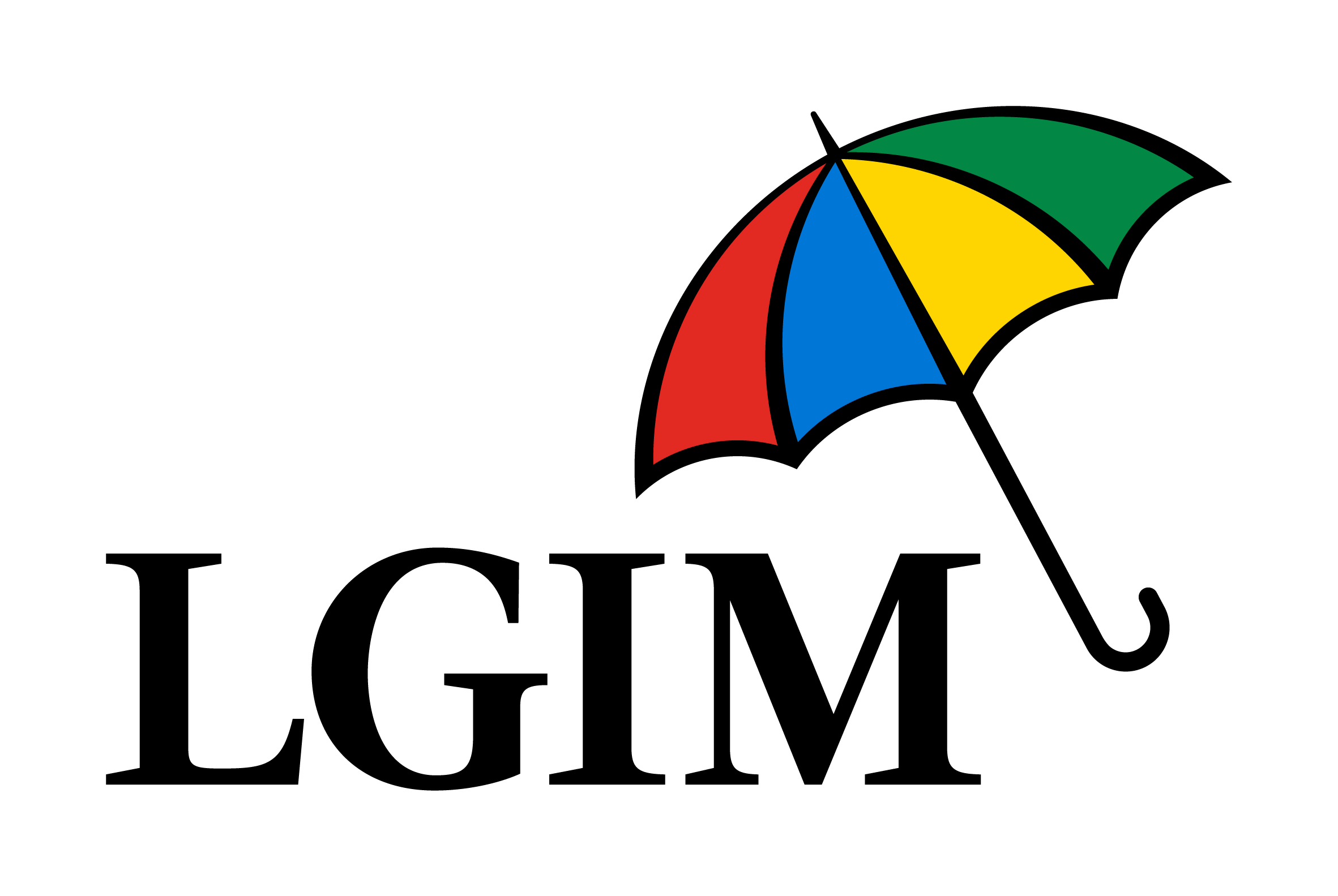The dramatic rise of sustainable investing over the past 18 months has driven a number of wealth managers to launch model portfolios built entirely of ESG ETFs, however, with the space still very much in its infancy and greenwashing still an issue, investors must ensure their clients are shielded from this risk.
This comes after Legal & General Investment Management’s China government bond ESG ETF, the L&G ESG China CNY Bond UCITS ETF (DRGN), made headlines due to the minimal difference between the underlying holdings versus the parent index prompting Alan Miller, CIO at SCM Direct, to label the ETFas “brazenly” greenwashing.
What is just as noteworthy is DRGN has gathered $446m assets under management (AUM) since launch in December 2020 and a further $11m since Miller’s article went live onETF Streamon 19 July. With institutions controlling approximately 80% of the European ETF market, one can assume the majority of flows have come from professional investors.
From an investment perspective, it is easy to see the benefits of including DRGN in a diversified multi-asset ESG portfolio. With the majority of developed market government debt negative yielding, China government bonds are an attractive play especially considering their low correlation with other fixed income assets.
However, a strong investment case does not justify incorporating a strategy such as this in a multi-asset ESG strategy as it perpetuates greenwashing.
The same case can arguably be made for making an allocation to gold. While the London Bullion Market Association’s (LBMA) Responsible Sourcing programme has gone a long way in improving gold’s ESG credentials from a social and governance perspective, the negative impact mining has onthe environment is a major issue.
As Peter Sleep, senior investment manager at 7IM, told ETF Stream last year: “Producing gold is a dirty business for something that is essentially a luxury product.”
While in the same article, I concluded that the environmental issues at play do not make gold an ESG investment and therefore, any investments can be seen as a move to improve a portfolio’s risk-return profile rather than justified from an ESG perspective.
Finally, developed market sovereign bonds remains a key issue for the ESG space to tackle. It is an almost thankless task for ESG rating agencies to decide what rating a country such as the US or the UK should get and as a result, how they should be weighted within a government bond ESG index.
This leads to government bond ESG ETFs looking very similar to their non-ESG counterparts, however, from a risk management perspective, sovereign bonds must be included within a diversified multi-asset portfolio – ESG or not – which leaves investors stuck between a rock and a hard place.
Highlighting this, the iShares € Govt Bond Climate UCITS ETF (SECA) shares the same top three holdings as its parent ETF, the iShares € Govt Bond UCITS ETF (SEGA), but it has different weightings. SECA has a 33.6% weighting to France and a 22.1% to Italy and Germany, respectively, versus 24% to France, 22.8% to Italy and 17.7% to Germany.
All these challenges will be addressed as the ESG market becomes more mature but while regulators are still getting a grip on the best ways to manage the space, greenwashing will remain prevalent so it is the responsibility of professional investors, along with the ETF issuers, to ensure they are part of the solution, not the problem.





